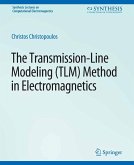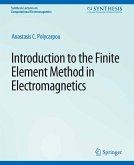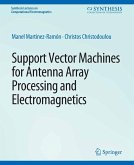The transfer-matrix method (TMM) in electromagnetics and optics is a powerful and convenient mathematical formalism for determining the planewave reflection and transmission characteristics of an infinitely extended slab of a linear material. While the TMM was introduced for a homogeneous uniaxial dielectric-magnetic material in the 1960s, and subsequently extended for multilayered slabs, it has more recently been developed for the most general linear materials, namely bianisotropic materials. By means of the rigorous coupled-wave approach, slabs that are periodically nonhomogeneous in the thickness direction can also be accommodated by the TMM. In this book an overview of the TMM is presented for the most general contexts as well as for some for illustrative simple cases. Key theoretical results are given; for derivations, the reader is referred to the references at the end of each chapter. Albums of numerical results are also provided, and the computer code used to generate these results are provided in an appendix.
Dieser Download kann aus rechtlichen Gründen nur mit Rechnungsadresse in A, B, BG, CY, CZ, D, DK, EW, E, FIN, F, GR, HR, H, IRL, I, LT, L, LR, M, NL, PL, P, R, S, SLO, SK ausgeliefert werden.









